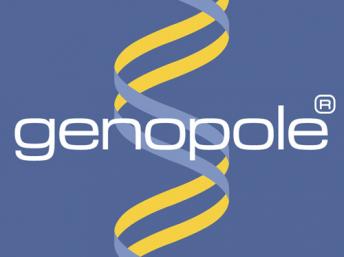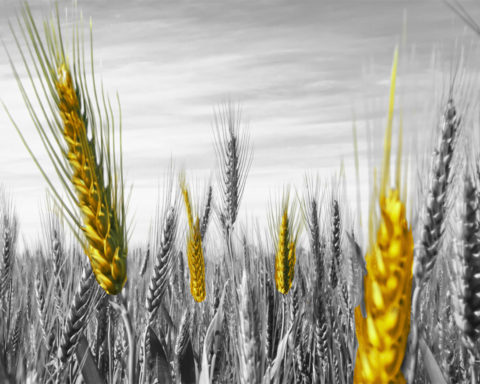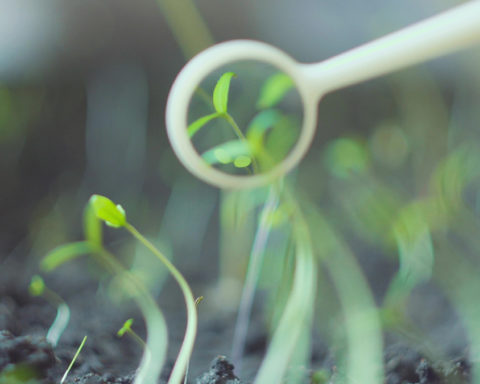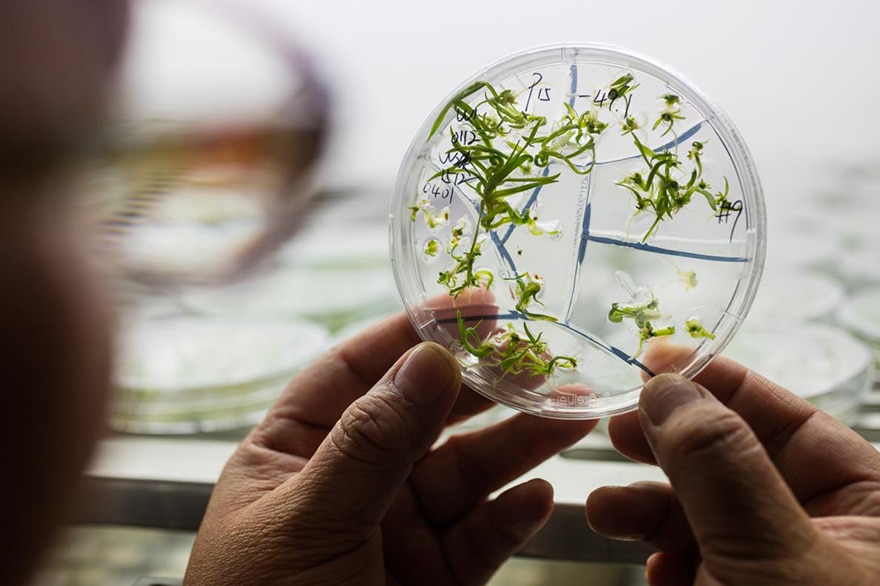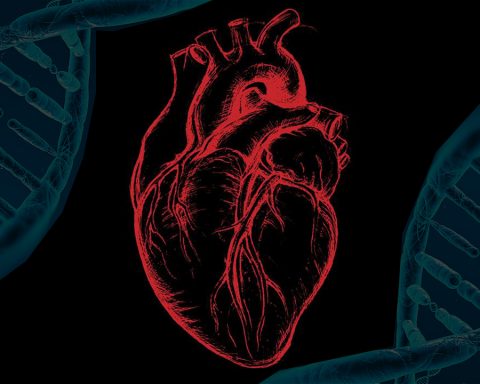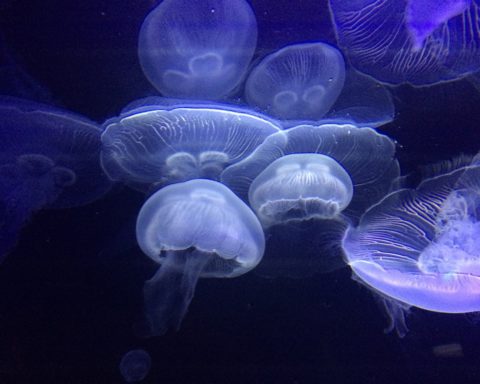Two days of study and critical reflection to better determine the status of biomimicry, its field of application, the concepts and methods that it mobilizes, on 10 and 11 June 2014 from 9:15 am to 6:30 pm, at the Collège de France Paris, in partnership with the CNRS, the Laboratory of Social Anthropology and the Fyssen Foundation.
At a time when we are becoming aware of the potentially catastrophic consequences of our activities on ecosystems, there is a growing discourse that values biomimicry as a way out of the ecological crisis, changing the productivist paradigm associated with the representation of progress for several centuries.
The idea that humans should strive to imitate nature is becoming commonplace, whether to make artefacts with specific qualities (resistance, ergonomics, etc.) or to act on the level of the systems of relations between beings: beyond the inspiration sought in natural processes, biomimicry is also conceived as a way of developing more environmentally friendly techniques, opening up new prospects for science or industrial innovation. It is therefore easy to understand the power of attraction that such a project exerts on the various practitioners seeking to shape new forms and create ecosystems.
In such a context of innovation and effervescence, it is surprising to note that the human sciences and philosophy have not yet shown much interest in this field of practice and knowledge, which has an immense potential for modifying living conditions. Most often, Biomimicry: Innovation Inspired by Nature (1997) is used as a reference text, even though for Janine Benyus this work was aimed more at making new experiences known to the greatest number of people than at proposing a systematic and in-depth epistemological reflection.
After recalling some key inventions, such as the Velcro or the train in the shape of the kingfisher, and the three levels - shapes, materials/structures, systems - where biomimicry manifests itself, a whole series of problems still need to be addressed.
Indeed, biomimicry, which is so sensitive to the idea of innovation, is perhaps not as opposed to synthetic biology as it claims. What is imitation? Is it continuity or discontinuity with what serves as a model? Is the project thaumaturgic, does it refer to a gesture of domestication, appropriation, or even fabrication of the living, or does it require a posture of humility on the part of the imitator seeking to insert his or her action into larger processes at work in nature?
Critical reflection would therefore be welcome to better determine the status of biomimicry, its scope, concepts and methods.
The objective of these study days is to offer a space to initiate this reflection. It is proposed to researchers and specialists from various backgrounds, to start from case studies and to question the conceptions of life underlying the imitation of certain natural processes.
Rather than limiting the approach to the sole study of contemporary inventions made in the laboratories of Western countries, contributions based on anthropological and historical disciplines will show how the question of imitating nature varies in time and space.
Particular attention will be paid to conceptions of life that are manifested by modelling reality, building new existing ones or other systems of relationships. Biomimicry" is the term used to describe a fabrication aimed at copying a "natural" being or function, thus creating a kind of second nature, but also the inclusion of this fabrication within the processes observed in nature. Among the multiplicity of vital processes (reproduction, growth, interaction with the environment, etc.), which ones does biomimicry favour at the individual or system level?
In "Wild Pansy"Lévi-Strauss explains how, beyond the aesthetic pleasure they provide, scale models offer humans the satisfaction of understanding the logic behind their manufacture. Similarly, it is of real interest to consider how modeling life - in reduced form, but also through enlargement procedures - allows humans to better understand the springs of life processes, by representing or reconstructing them.
In short, the challenge is to ask what biomimicry means in order to determine the conceptions of life associated with its use as a method of observation and transformation of reality. By establishing an interdisciplinary and comparative dialogue, the aim will be to study in a systematic way the complementarity - or possible incompatibilities - of these conceptions, for example by paying attention to the problems raised by changes of scale or the relationships between individuals and systems.
Location : Collège de France, Amphithéâtre Lévi-Strauss, 52 rue du Cardinal Lemoine, Paris 5ème.
Organization: Anne Dalsuet, Bérengère Hurand & Perig Pitrou
Free admission, subject to availability.
Reservation required before June 4 : provost.fabien[at]gmail.com
PROGRAM
- 10 June 2014
9:15 a.m. Welcome
9:35 am Perig Pitrou, CNRS, Laboratoire d'anthropologie sociale, L'imitation de la vie dans une perspective anthropologique.
10:15 Anne Dalsuet, Créteil Academy, Biomimicry: an ethical refoundation of epistemology? Critical reflections from Biomimicry, Innovation inspired by Nature by J. Benyus.
10:55-11:10 a.m. Break
11:10 am Gilles Bœuf, Collège de France, National Museum of Natural History, Leveraging biodiversity for bio-inspiration.
11h50 Gauthier Chapelle, Biomimicry Europa, Biomimicry as an approach to reintegrate us into the biosphere: a civil society perspective.
12:30 Discussion
13h10-14h30 Buffet
2.30 pm Philippe Descola,Collège de France, Laboratoire d'anthropologie sociale, Le jardin comme imitation d'un écosystème.
15h10 Nathalie Blanc, CNRS, LADYSS, From nature/culture separation to biomimicry: a revised relationship with nature?
15h50-16h10 Break
16h10 Julien Delord, ERRAPHIS, From Lascaux 2 to Biosphere 2: analysis of the failures of eco-mimicry.
16h50 Doyle McKey, Université Montpellier 2, Centre d'Ecologie Fonctionnelle et Evolutive, Montpellier, and Institut Universitaire de France, Do farmers use, and imitate, self-organizing resource-concentration mechanisms driven by non-human engineers in constraining environments? Biocultural landscapes and biomimicry at the ecosystem level.
17:30-18:30 Discussion
- June 11, 2014
9:30 am Welcome
9:45 am Dimitri Karadimas, CNRS, Laboratory of Social Anthropology, Biomimicry or Biomorphism? Imitating or recognizing the living in the creation of imaginary animals.
10:25 a.m. Jessica Riskin, Stanford University, The Clock Worries.
11:05-11:20 a.m. Break
11h20 Joffrey Becker,EHESS, Artmap, Gears: about robotic imitation of nature.
12 noon Carole Collet, University of the Arts London, The Biological Advantage.
12:40 p.m. Discussion
13:10-14:40 Break
2.40 pm Marc Fontecave,Collège de France, Bioinspired chemistry: life at the service of new energy technologies.
15h20 Philippe Rahm, architect EPFL/FAS, director of the Philippe Rahm architects agency in Paris and Visiting Professor at Harvard University, USA, Architecture as an augmented form of thermogenesis.
16h-16h20 Break
16h20 Bérengère Hurand, Académie de Paris, Can nature inspire the economy?
17h-18h Discussion
6:00 pm Closing Cocktail



